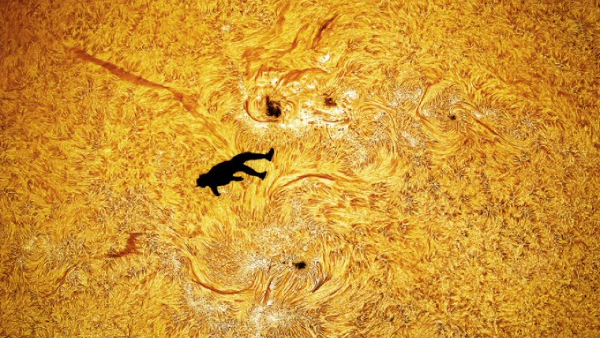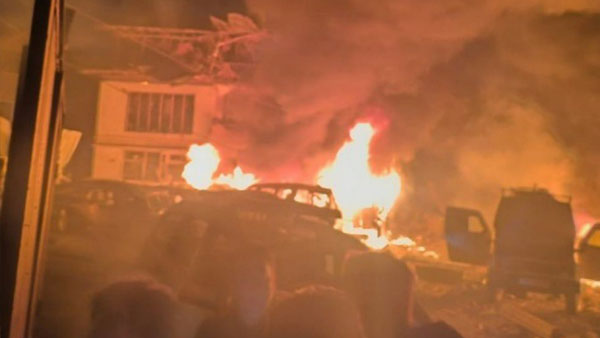Delhi bad quality air has once again emerged as a major health concern, with the Air Quality Index (AQI) repeatedly touching the Poor, Very Poor, Severe, and even Hazardous categories. According to WHO surveys across 1,650 global cities, Delhi remains among the worst in terms of air pollution, affecting millions of residents—especially children.
From March to September, Delhi’s AQI usually stays between Good and Moderate. However, from October to February, the situation drastically deteriorates due to stubble burning, rising vehicle emissions, road dust, and cold weather trapping pollutants close to the ground. Observing past patterns, experts warn that AQI is likely to remain in the Poor to Hazardous range during this period.
Over the years, the pollution levels have shown a worrying trend. During the COVID-19 lockdown, air quality briefly improved, but it soon fell back to severe levels. On 14 November 2021, Delhi’s AQI again slipped to the Severe category. Earlier, in October 2020, the AQI hit 332, placing it in the Very Poor zone.
Following Diwali 2019, several localities recorded Hazardous air quality. WHO has previously ranked Delhi as the worst major city globally for air pollution. In November 2017, CPCB reported an AQI of 448—dangerously high for even healthy individuals. The situation was much worse in November 2016, during the Great Smog of Delhi, when PM2.5 and PM10 levels hit 999 µg/m³, far above the safe limits of 60 and 100.
As Delhi continues to struggle with toxic smog and rising health risks, experts urge immediate and long-term measures to protect public health and prevent further environmental damage.










